Semiconductor Technology - Semiconductor Learning Platform
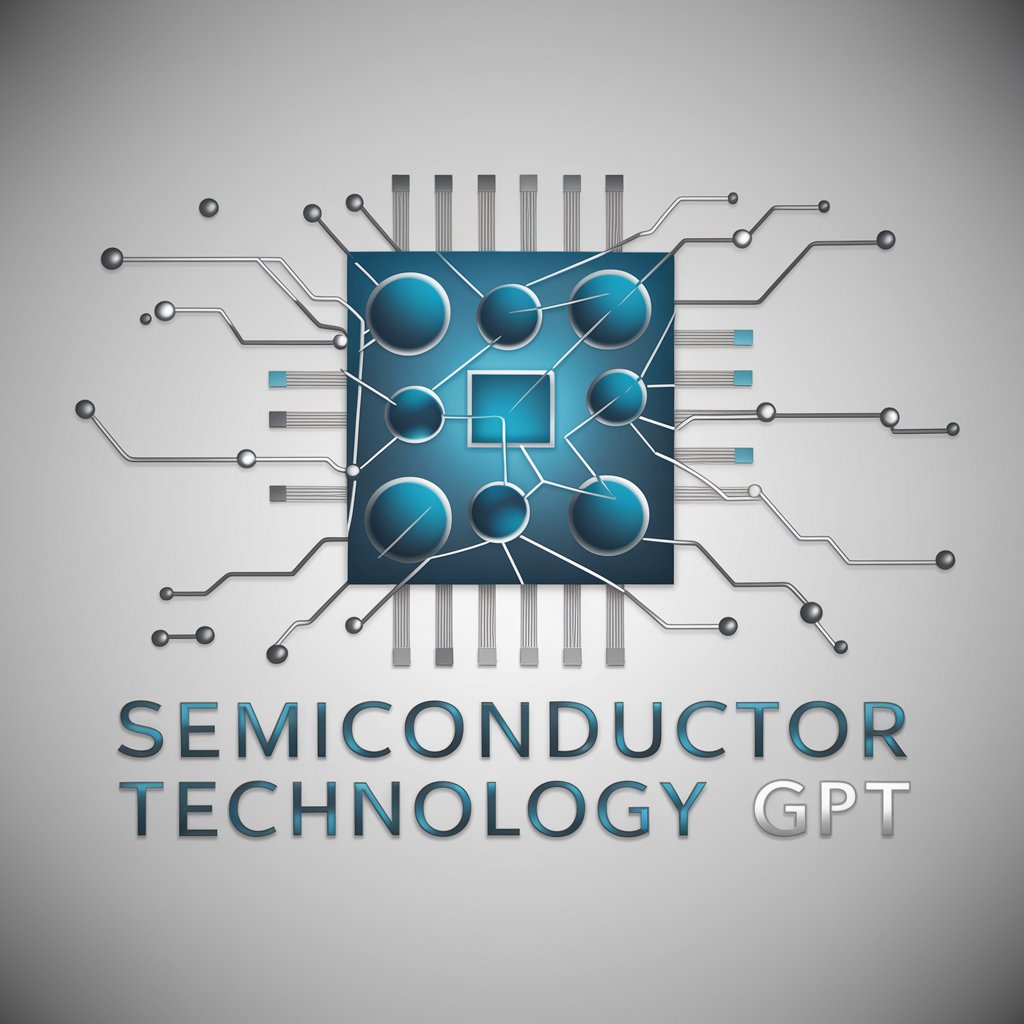
Welcome to Semiconductor Technology GPT!
Empowering Innovation with AI-Driven Semiconductor Insights
Explain the process of Chemical Vapor Deposition (CVD) in semiconductor manufacturing.
Describe the differences between Atomic Layer Deposition (ALD) and Physical Vapor Deposition (PVD).
What are the key components of a magnetron sputtering system?
How does Plasma Enhanced Chemical Vapor Deposition (PECVD) differ from traditional CVD methods?
Get Embed Code
Introduction to Semiconductor Technology
Semiconductor technology encompasses the design, fabrication, and application of semiconductor materials in various devices and systems. This technology is fundamental to modern electronics, enabling the creation of components like transistors, diodes, and integrated circuits, which are essential for a myriad of electronic devices. For example, in smartphones, semiconductor technology is used to create the silicon chips that power the device, handle data processing, memory storage, and manage power consumption. Powered by ChatGPT-4o。

Main Functions of Semiconductor Technology
Data Processing
Example
In computing devices, semiconductor-based processors execute complex calculations, enabling everything from basic arithmetic to advanced computational tasks.
Scenario
In a personal computer, the CPU, made from semiconductor materials, processes user inputs, runs applications, and manages system operations.
Memory Storage
Example
Semiconductor technology is used to create various types of memory storage, such as RAM and flash memory, which are crucial for data retention and access.
Scenario
In a digital camera, flash memory made from semiconductor materials stores photos and videos, allowing for quick access and long-term retention.
Signal Amplification
Example
Semiconductors are used to amplify signals in various electronic devices, enhancing the signal strength for further processing or transmission.
Scenario
In a mobile phone, semiconductor-based amplifiers boost the signal strength, enabling clear voice and data transmission over long distances.
Ideal Users of Semiconductor Technology Services
Electronics Manufacturers
Companies that design and produce electronic goods, from consumer electronics to industrial equipment, rely heavily on semiconductor technology to develop efficient, compact, and reliable products.
Research and Development Institutions
Universities and research institutions utilize semiconductor technology in their research to innovate and create new materials, devices, and systems, pushing the boundaries of what's possible in electronics and materials science.
IT and Data Center Operators
Organizations that manage large-scale computing resources use semiconductor technology in their servers and data storage systems to process and store vast amounts of data efficiently.

How to Use Semiconductor Technology
Start Your Journey
Begin by visiting yeschat.ai to explore Semiconductor Technology without the need for signing in or a ChatGPT Plus subscription.
Identify Your Needs
Determine the specific semiconductor processes or equipment you wish to understand better, such as CVD, PECVD, ALD, PVD, or sputtering.
Explore Features
Navigate through the various sections dedicated to thin film fabrication, equipment usage, and semiconductor materials to find the information relevant to your query.
Apply Knowledge
Utilize the insights gained to enhance your projects, research, or studies in semiconductor technology. Practical application will reinforce learning.
Stay Updated
Regularly revisit the platform to stay informed about the latest advancements and updates in semiconductor technology for continuous learning.
Try other advanced and practical GPTs
Marketing & Technology Editor Copywriter
Empowering Content with AI

Technology Match
Streamlining IT procurement with AI
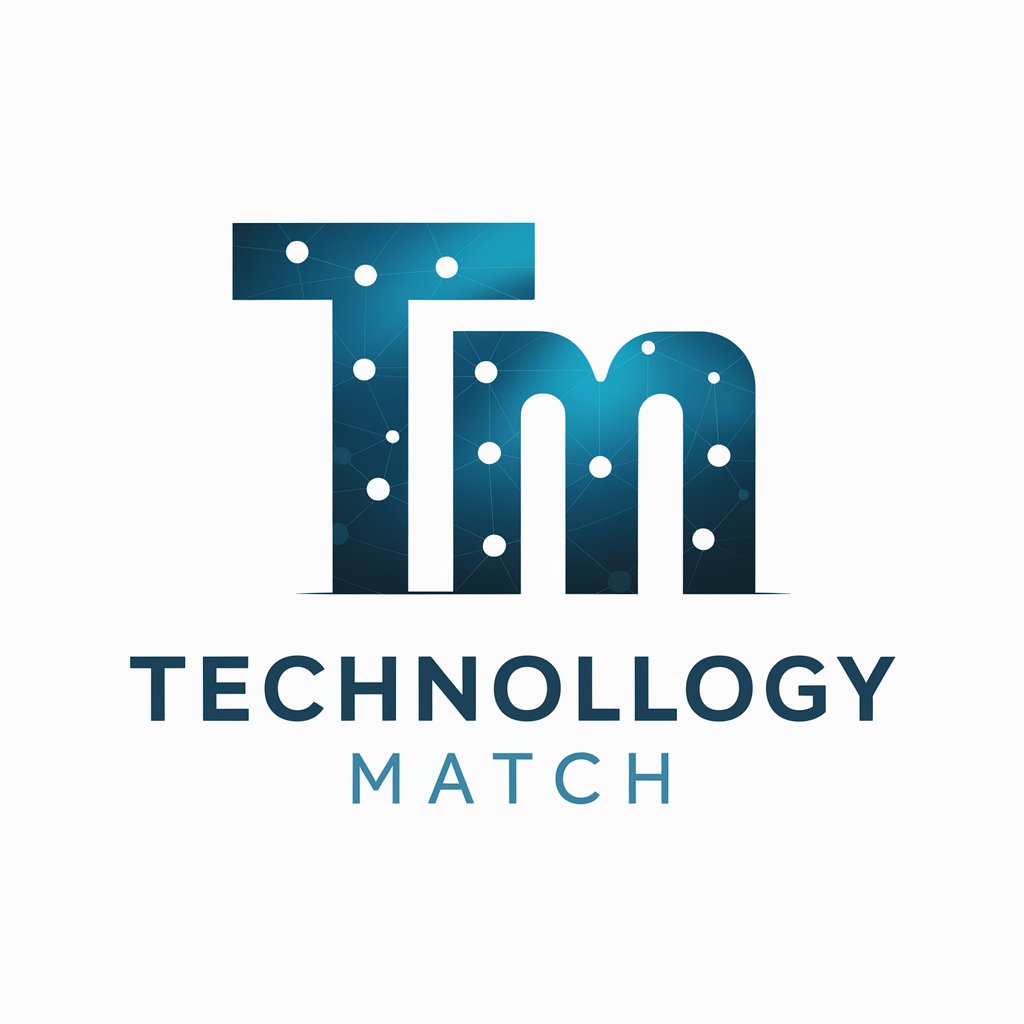
Technology Advisor
Empowering businesses with AI-driven tech advice.

Dr. Technology
Empowering Your Tech Curiosity with AI
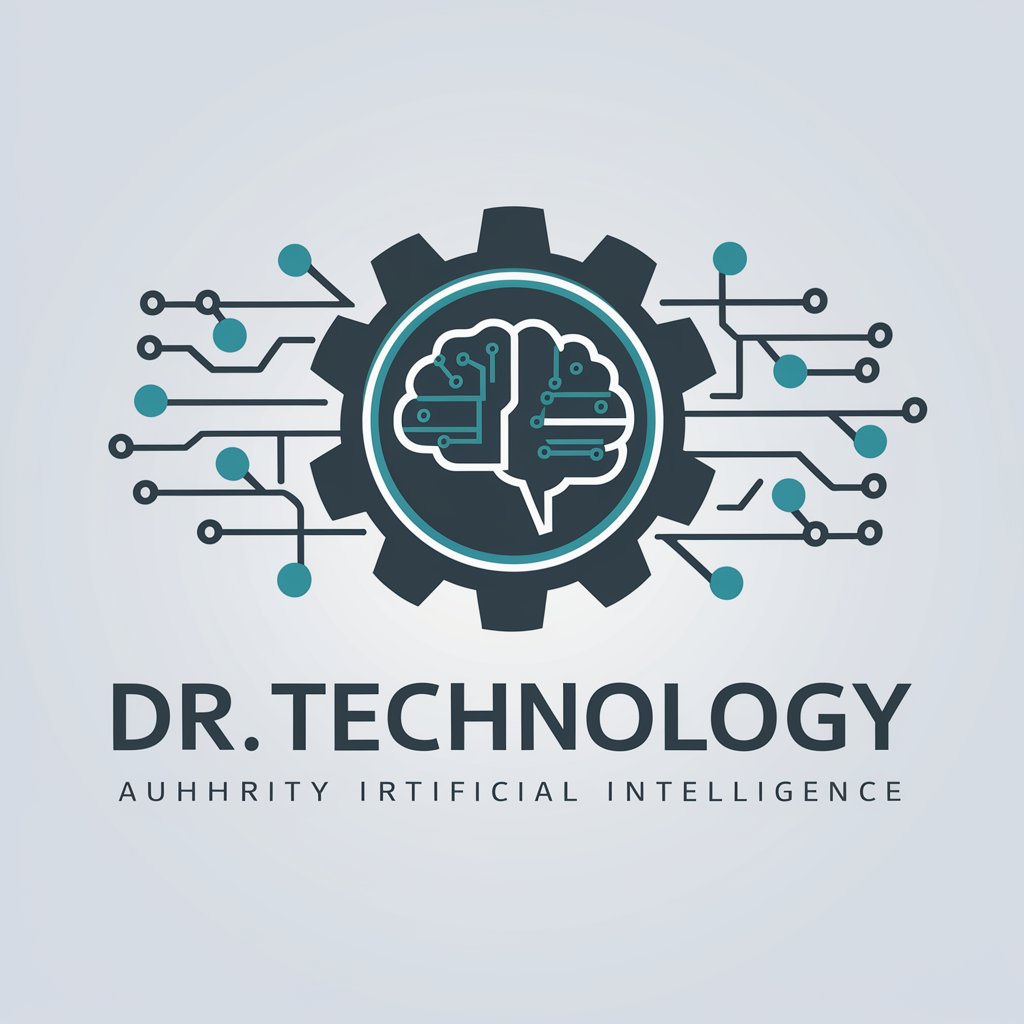
Organic Chemistry Tutor
AI-Powered Organic Chemistry Guidance
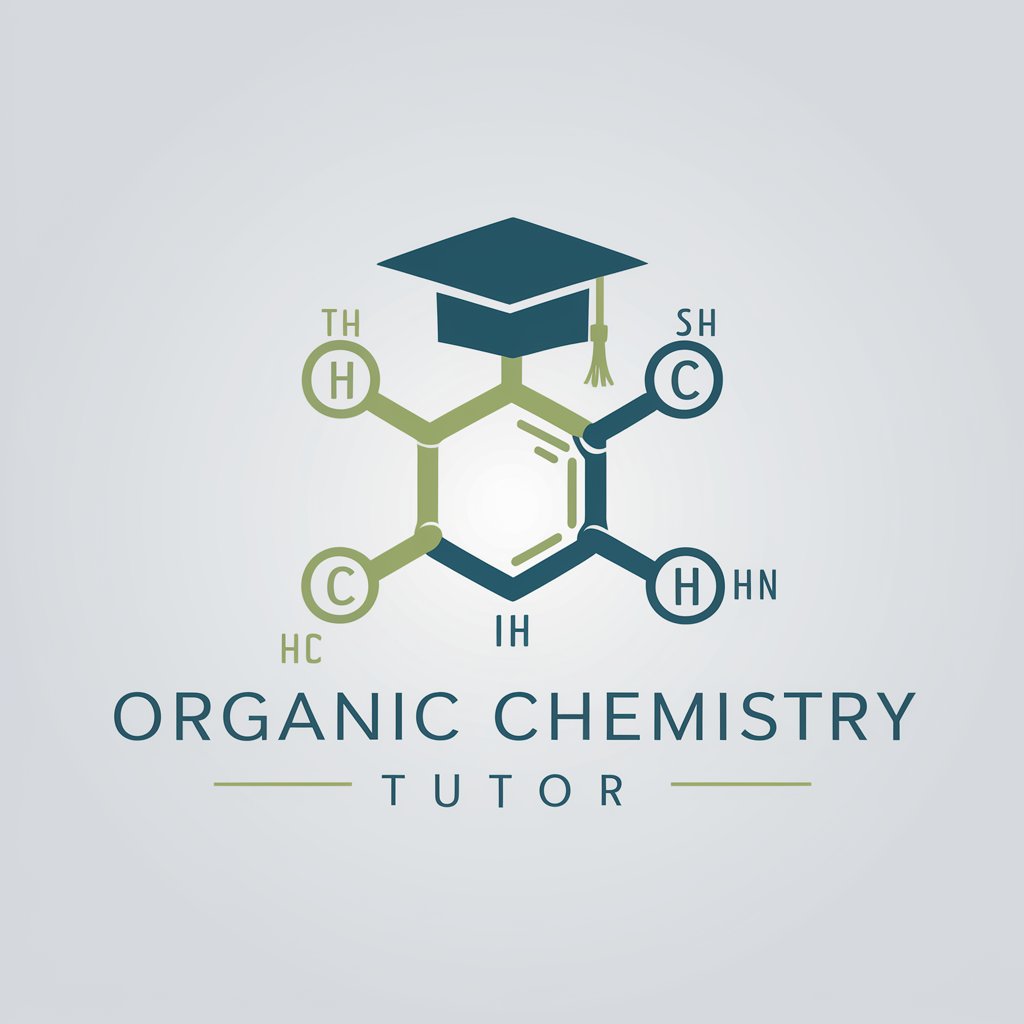
Video Organic SEO
Elevate Your YouTube SEO with AI

Innovative Technology Consultant
Empowering Decisions with AI-Powered Insights

Read Radar
Discover Your Next Favorite Book with AI

Flight School
Empowering Pilots with AI-Driven Aviation Insights

Four-Legged Poet
Where Musings Become Masterpieces

Big Four & Friends
Empower Your Decisions with AI-Powered Business Insights

Petit Four
Unravel business complexities with AI-powered consultancy jargon.
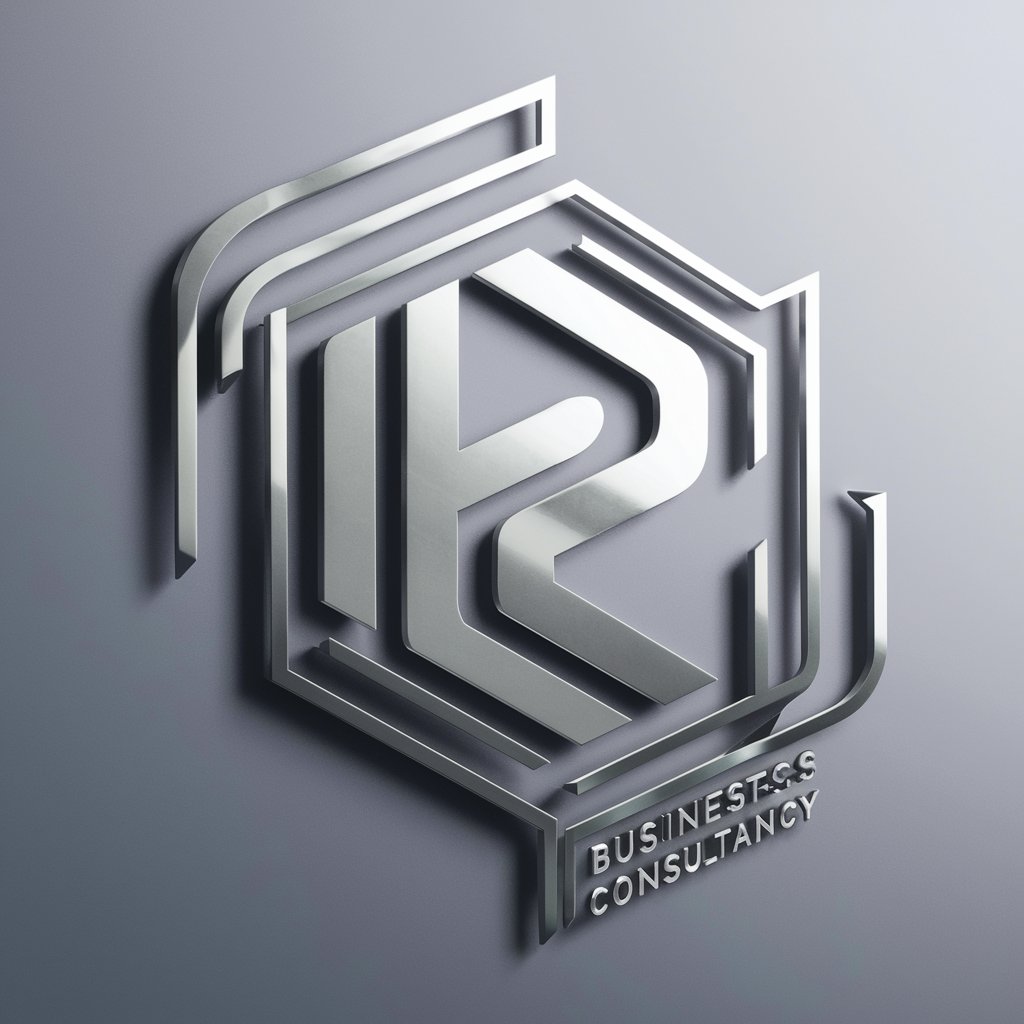
Semiconductor Technology Q&A
What is semiconductor technology?
Semiconductor technology encompasses the processes and methods used to create integrated circuits (ICs) and devices from semiconductor materials. These processes include doping, oxidation, etching, and deposition techniques to form electronic components.
How does Chemical Vapor Deposition (CVD) work?
CVD is a process used to create high-quality, high-performance solid materials, typically under vacuum. Gaseous reactants are introduced into a reactor where they chemically react or decompose on a substrate, forming a thin film with desired properties.
What distinguishes PVD from CVD?
Physical Vapor Deposition (PVD) differs from Chemical Vapor Deposition (CVD) in that PVD involves physical processes such as evaporation or sputtering to deposit materials, whereas CVD relies on chemical reactions between gas-phase precursors and the substrate surface.
Can semiconductor technology improve renewable energy systems?
Yes, semiconductor technology plays a crucial role in renewable energy systems. Advancements in materials and manufacturing techniques for semiconductors enhance the efficiency and reliability of solar panels, wind turbines, and energy storage systems.
What are the latest trends in semiconductor technology?
Current trends include the development of 2D materials like graphene, advancements in silicon carbide (SiC) and gallium nitride (GaN) for power electronics, and the push towards smaller, more efficient chips using extreme ultraviolet lithography (EUV).
